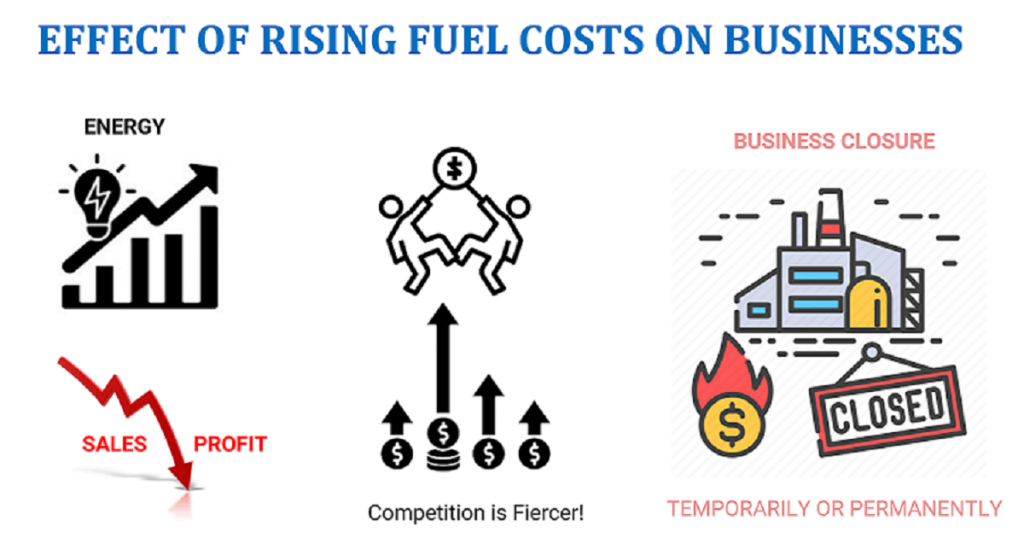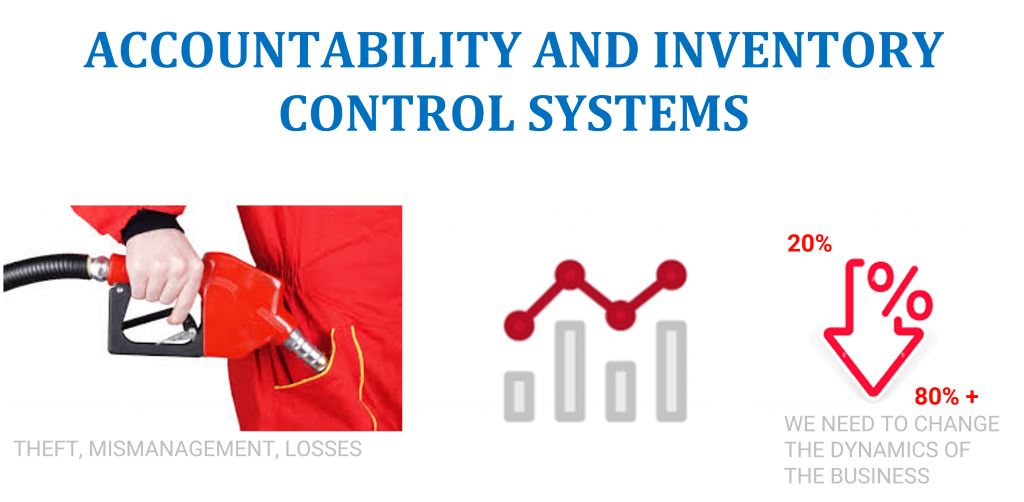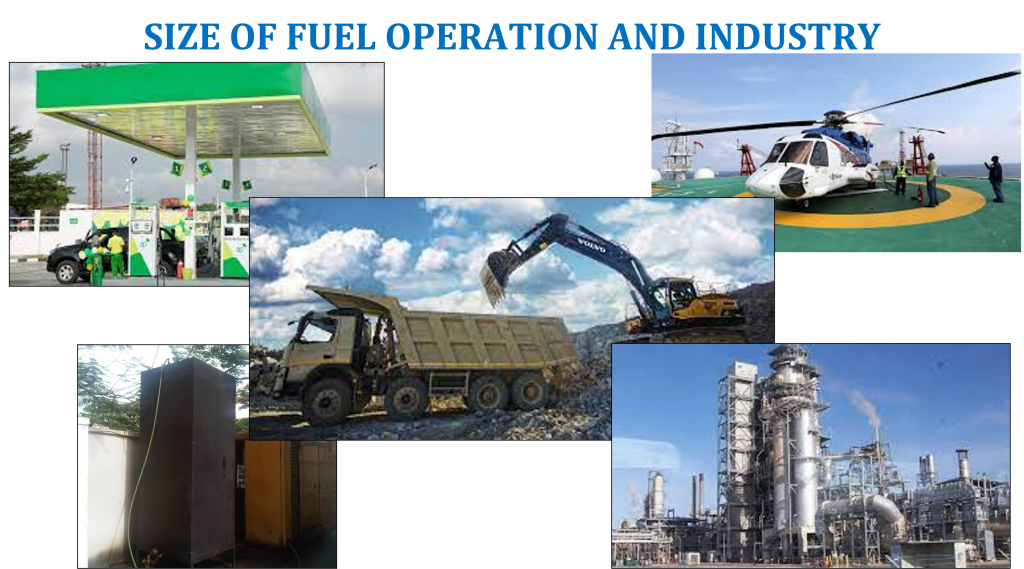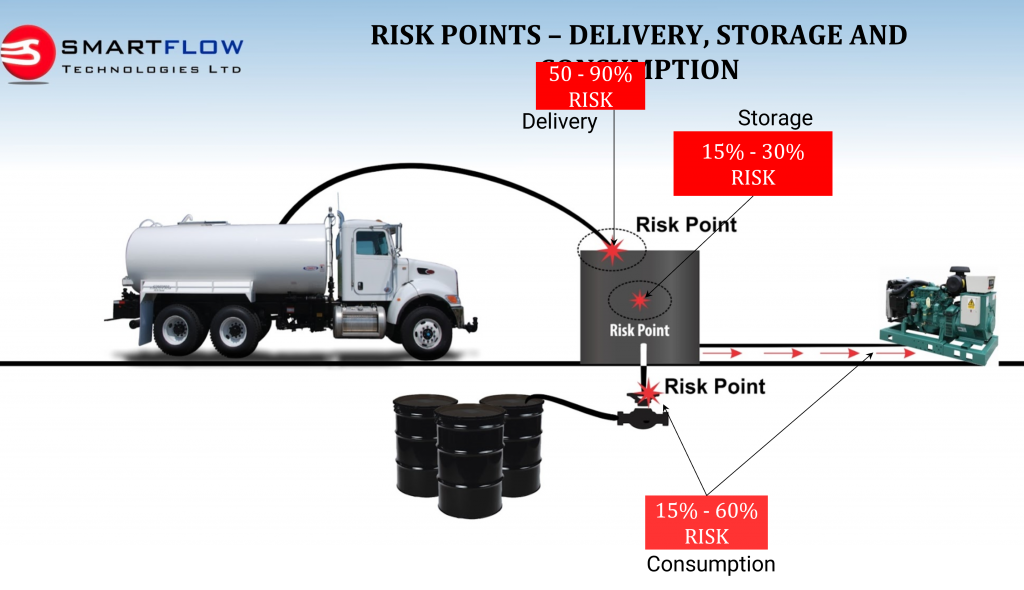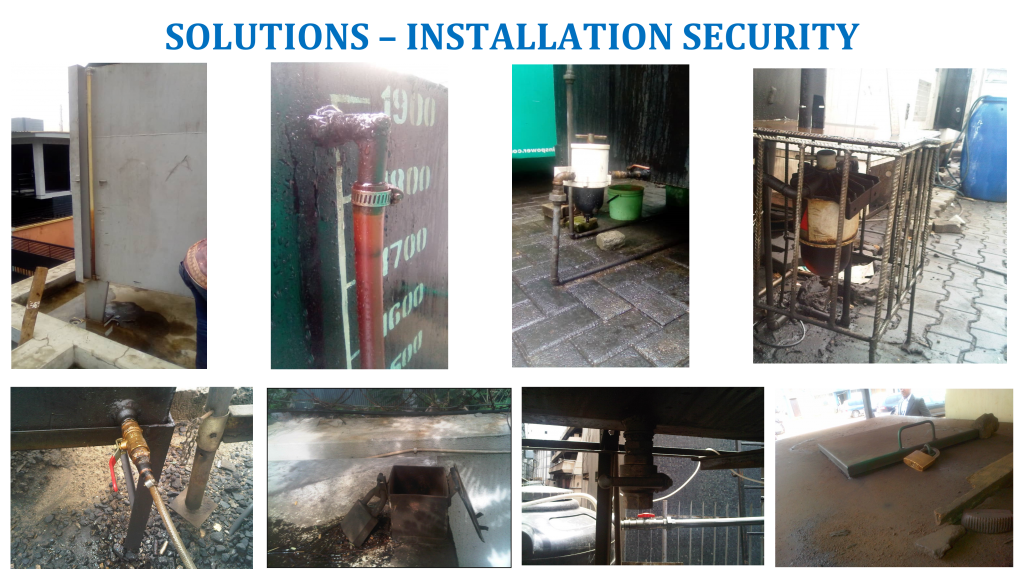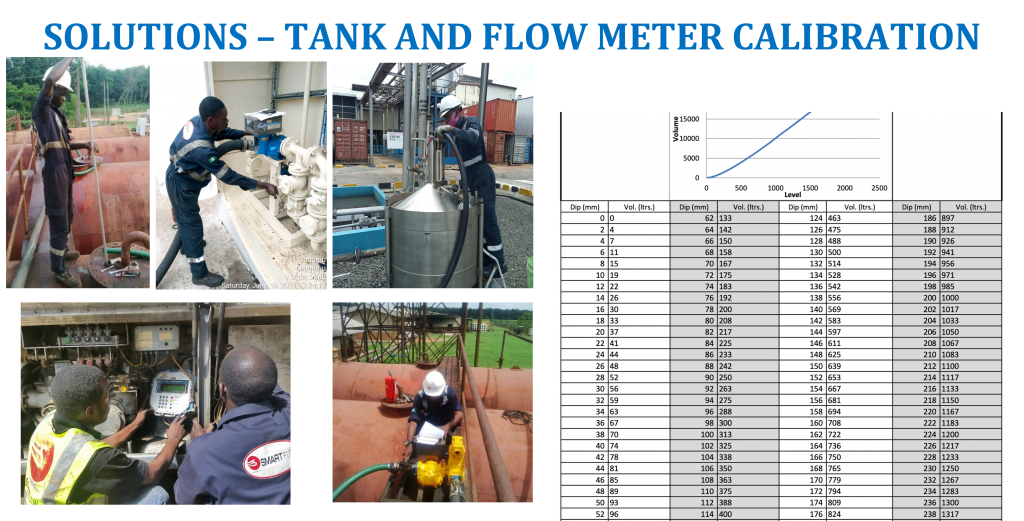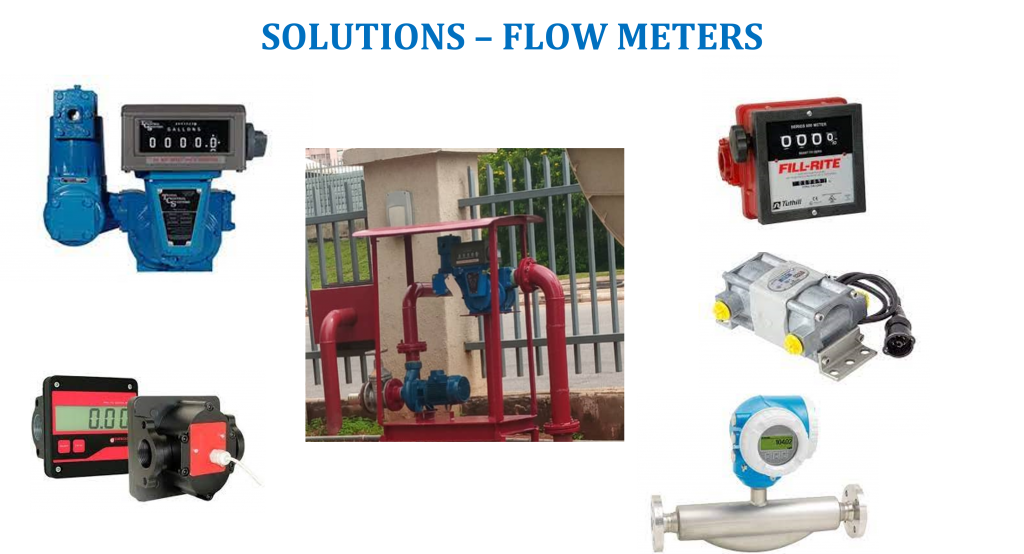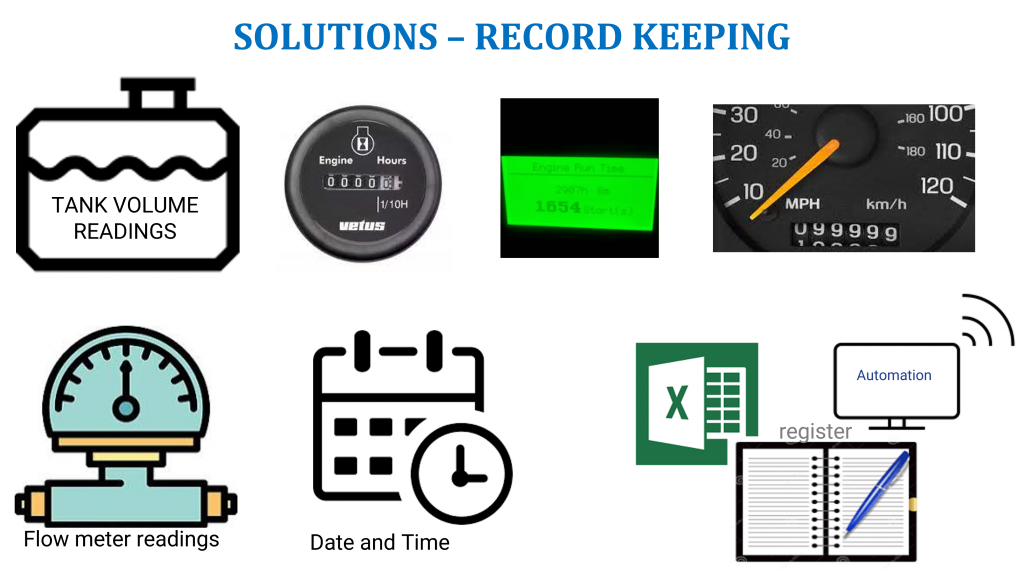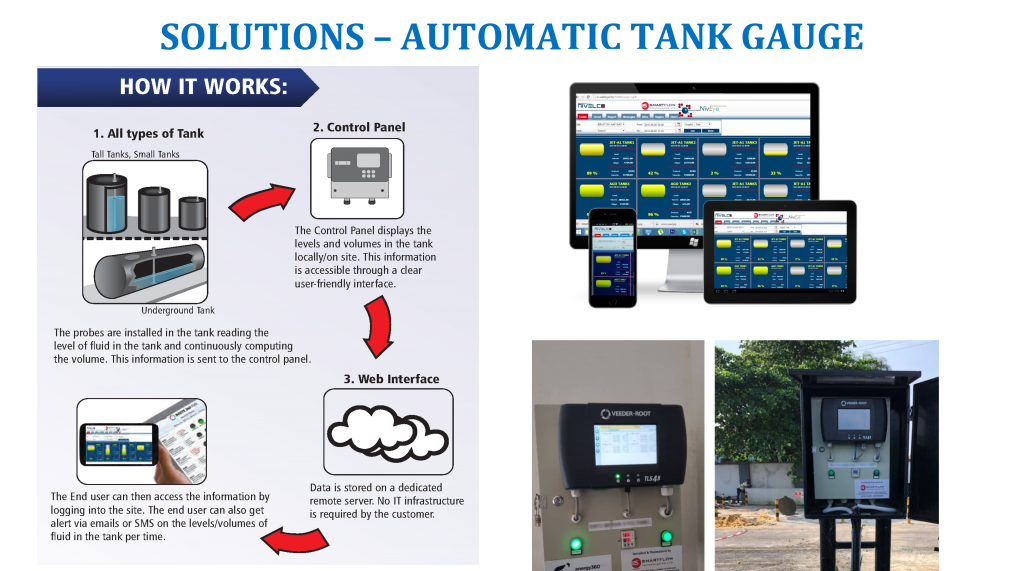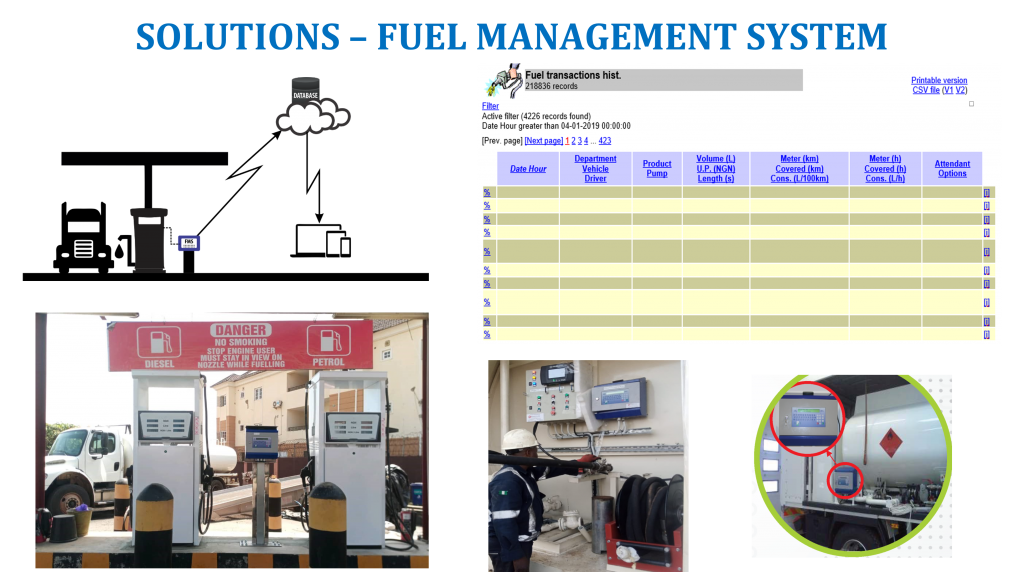EFFECT OF RISING FUEL COSTS ON BUSINESSES
The cost of fuel has gone up!
In the last 18 months or so, it has jumped over four times from December 2020 at 185.00naira, and today we are talking of anything around 767.50naira. This is an exponential jump of four times and it is something that most businesses and industries are suffering from now, even small estates or small house owners are suffering. The devastating effect on business is something that we have seen across all cadres of our customers from the small customers through to the bigger customers.
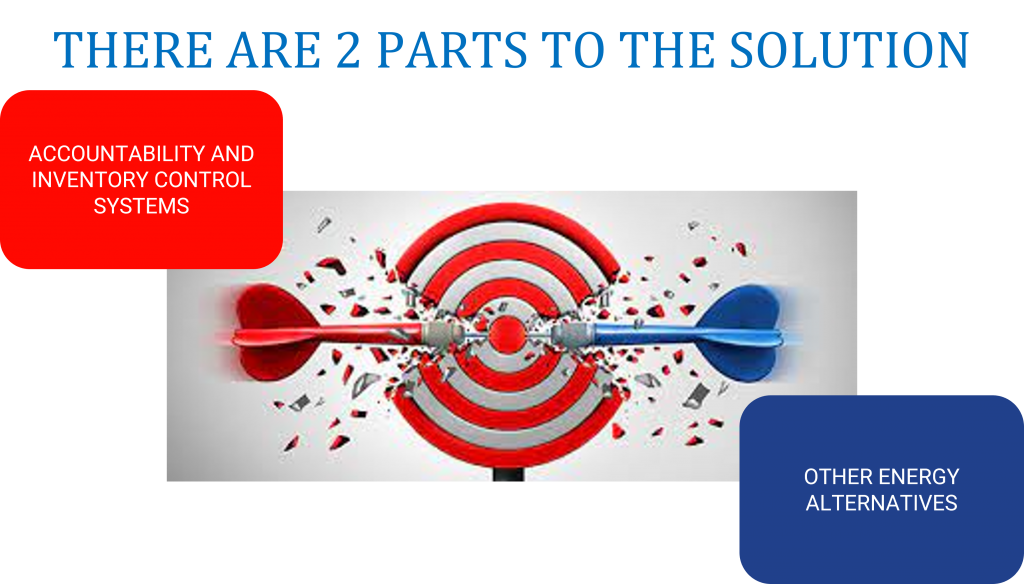 From our perspective, there are two parts to the solution; one of them is accounting for your fuel better, controlling your inventory better, and ensuring that all the gaps and possibilities of losses are closed; the second part is looking into other energy alternatives that will allow you reduce your fuel costs.
From our perspective, there are two parts to the solution; one of them is accounting for your fuel better, controlling your inventory better, and ensuring that all the gaps and possibilities of losses are closed; the second part is looking into other energy alternatives that will allow you reduce your fuel costs.
The first part of the solution speaks to the possibilities of the gaps in the system that create opportunities for theft mismanagement and losses of fuel either because of poor calibrations in place, incorrect use of equipment, or accuracy of the equipment, and of course, the latter factor is a huge part of the inventory control system that causes a lot of challenges when trying to reconcile your fuel. A lot of fuel users or consumers out there, close to 90% or more are not able to completely reconcile their fuel. For example, some customers received 10,000liters of fuel, and after they had drawn down to almost zero they were only able to reconcile 6,000litres as they did not know what has happened to 4,000litres, and excuses were so much that people started talking about evaporation whereas you cannot have almost half of your fuel evaporate, hence this is a huge headache for a lot of the fuel consumers out there. Overtime, we have seen that this loss of fuel represents about 20 to 80 percent of the cost of fuel to those customers or users. The larger volume users of fuel would end up losing more fuel because their operations are usually more complex, and they are usually more focused on their business. For example, an agricultural company is focused on running its business or mining focused on running its mines or construction companies focused on building, or an aviation company is focused on flying and they tend to not look after the fuel. A lot of these companies in the past have sort of remained profitable because they have been able to embed some of these losses either knowingly or not knowingly into their cost models and maybe in the past when things were better they were able to survive better but now a lot of these companies today that are shutting down are running at a loss and for them, if they could dig into this fuel costs they may be able to stay afloat.
How can we solve some of these problems?
The above image shows the size of a small fuel operation, and as explained earlier, your solution will depend on the size of your fuel operation and Industry which means that what we are proposing for an aviation company running helicopters may not be the same as what a Refinery will be requiring to control the fuel, and it will not be the same as what the petrol station or a mine requires.
There are three major risk points in any fuel supply chain, which is very important to understand. As we look at every customer’s requirement or every customer setup, one of the biggest risk points is at the point of delivery or where custody transfer is taken. For example, during delivery of 10,000liters of fuel, it is very unlikely that you will receive 10,000litres because the accuracy of delivery would depend on how good your system is in taking that delivery. So, if you have good systems in place to look after your custody transfer, which depends on your structure, your risk factor will go down. But, from records, we have observed that this point has a huge risk and is the biggest part of the chain where a lot of losses are recorded.
The second part is the storage, and it all depends on how secure your locations are. Some customers focus on storage and from our perspective, the loss is a lot less at this point. If you have missed out on the delivery point, then you are not going to be able to do much about that. For example, you are supposed to receive 10,000liters but the supplier can supply 7,000liters, because of the gaps in your system you may think you have received 10,000litres and there is no way you can reconcile, hence you have already started at the wrong volume and that is why it is very important to start your controls from the point of delivery.
Another risk point is at the consumption point. Now at the consumption point, the risk varies. For instance, if you have a generator that is connected to the supply and return line from the day tank, your generator consumption is going to be less because you don’t have many hand/direct interactions with the fuel. For bigger setups security challenges are different but they are usually more structured in their systems than smaller operations. From the above image, you can see a tank with a hose that is meant to be a side gauge; normally, they are just locked in with a small clamp and can easily be unscrewed and fuel taken out.
Solutions
- We recommend that all these points if they need to be in place (although there are technologies like tank gauges that will give you the same representation of your volume, which is easily accessible) should be placed under lock and key. Also, customers generally have filtration systems in place, and these are good because they filter the fuel but unfortunately, they have a small drain point underneath which could be used to take fuel out easily. The image above also shows the case of a customer’s fuel facility where a bucket that is exactly the size required to go under the filter was found. If it is a smaller operation where you may be losing up to 20-50liters every day some customers feel that they can put a security bar over the filter like a customer in the above image has done, but unfortunately this is not enough because someone can still put a hose there and put hands through, therefore you need to secure it by using some proper security clamps that go over these filters. In addition, the image shows many other security challenges; there are hoses, and there again is a hatch on top of the tank, which is also very easily accessible. There are ways of locking up and making sure loose points are a bit more secure, example is another picture of a customer that has locked the top of the tank, and this is a bit more secure, however, we think that some of these installations are not neat enough. You must keep your fueling areas neat and secure because that increases security levels.
- Calibration is the next thing we will talk about as part of the solutions that we are recommending. You must have all your tanks calibrated and if you have any flow meters as well you must have them calibrated. There is no point in having a tank that is not accurately calibrated or not calibrated at all and you are depending on the supplier’s calibration at the point of delivery. We have been to facilities where a tank capacity was supposed to be 8,000liters but at the time of calibration, we noticed that the tank could not take any more than 5,000 liters completely, which implies that for about five years that customer has been receiving fuel and paying for 8,000liters every time they received fuel. Note that all these calibrations do not last forever, they have an expiry date, hence you must keep looking. Please, if you do not have any calibrations in place, it must be done very urgently regardless of the size of your tanks and the size of your operation. Although sometimes the calibration of a tank would look after the flow meter but in some cases, you will need a flow meter if you want to improve your accountability or your ability to account for your inventory.
- There are different types of flow meters; PD (Positive Displacement) meters that come with air Eliminators are a lot more accurate and they are used mostly as custody transfer, to receive the product from the delivery companies, and to transfer high-flow products from time to time. Other flow meters are used for generators that are very low consuming. If you put a PD flow meter for example on a generator you wouldn’t get any accuracy because the flow rates of generators are very low, hence you need special flow meters. They are other flow meters that are used for low consumption that might not be that accurate but are good enough for the operation, and of course, there are mass flow meter-dependent operations.
- We highly recommend record keeping and our ultimate recommendation for record-keeping is to have Automation in place, that can keep those records automatically without any hand intervention, however in some cases we understand that automation may not be possible either because of costs or because you are not using enough fuel that would justify installing anything automation. Notwithstanding the importance of record keeping cannot be overemphasized because that is part of what you need to do to be able to reconcile your inventory very accurately. You need to keep tank volume readings often, depending on your operation; you could be doing it on a daily/weekly/transactional basis. It is very important that you keep records of your engine hours if you have equipment that are using engines like generators, you could have mechanical/electronic readouts where you can pick the hours at every point in the morning and that gives you an idea of how much hours your equipment is running and the ability to reconcile better. If you have equipment or vehicles that are fueling from your facility you also want to keep a record of your readings at the point that they are taking fuel, you want to capture totalizer readings again by a transaction/daily, it all depends on your operation. It is very important that all this information would have some reference to date and time so that you can understand when what was taken, and all can either go into like a register manually or transferred into excel sheet.
- As said earlier, we would be recommending that this information is captured automatically because that’s the ultimate solution that allows you to sit back and know what is happening without any hand intervention. The accuracy is high, it is always online and records 24/7. And that takes me to the first of our automation solutions.
We have what we call the automatic tank gauge (ATG), but for those who don’t know it’s basically like a dipstick, but an electronic dipstick that goes into the tank. It is a device that goes into the tank (any type of tank), be it a tank in a Refinery that is millions of liters, 20meters or taller tanks, a tank that is 2meters tall that is just used for generators, or underground tanks in a petrol station. Our tank gauges go into the tank and generally the tank information is visible locally by the users as there will be a screen that will tell you the volume of the tanks on site and that information is also sent to the cloud and visible on software either through your phone your tablet or computer. The gauges can be used for any type of product. It is one of the key products that we have been supplying, installing and maintaining for the last 13 years.
- The other solution is what we call the fuel management system (FMS). This system unlike the tank gauge which sits in the tank and looks after the level of the product is a solution that looks after the flow, that is looks more after the flow meter and pump, taking control of the product. In essence, once you put the FMS in place, your pump will not be able to dispense any fuel until the user is authenticated on the system. The FSM’s target is a vehicle. It records volume, the time of the transaction, and many other details for each. We have the possibility of putting the fuel management system on mobile trucks so they can be used on Flow meters or dispensing pumps anywhere. Aviation customers, mining customers, and many industrial and manufacturing customers are beneficiaries of this solution.
Considering the fuel cost!
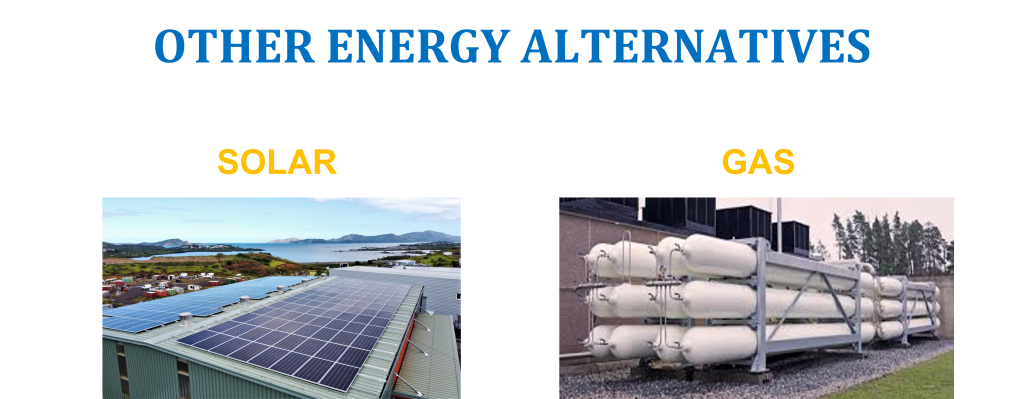 When considering today’s fuel cost, we cannot but consider the current alternative sources of energy such as solar inverter system. Although many customers have this system working seamless for them due to low or medium facility load/power requirements. But in facilities with heavy load and high-power requirement, solar inverter systems sometimes can either be too complex to install or financially non-viable. Solar or any other renewable energy sources are not financially viable for large scale energy consumption units , hence we can have an hybrid model whereby we have mixture of solar & gas based power generation with traditional sources like diesel generators and Government supply. This can still give considerable savings in terms of fuel cost for energy generation .
When considering today’s fuel cost, we cannot but consider the current alternative sources of energy such as solar inverter system. Although many customers have this system working seamless for them due to low or medium facility load/power requirements. But in facilities with heavy load and high-power requirement, solar inverter systems sometimes can either be too complex to install or financially non-viable. Solar or any other renewable energy sources are not financially viable for large scale energy consumption units , hence we can have an hybrid model whereby we have mixture of solar & gas based power generation with traditional sources like diesel generators and Government supply. This can still give considerable savings in terms of fuel cost for energy generation .
For further inquires and support, Contact Us Today:
- Phone No: (+234) 0701 582 5689 (+234) 0701 582 5692 (+234) 0701 582 5682
- Email Us: info@smartflowtech.com
- Related video: https://youtu.be/yBxvbGSslIQ
Write a Comment
You must be logged in to post a comment.

